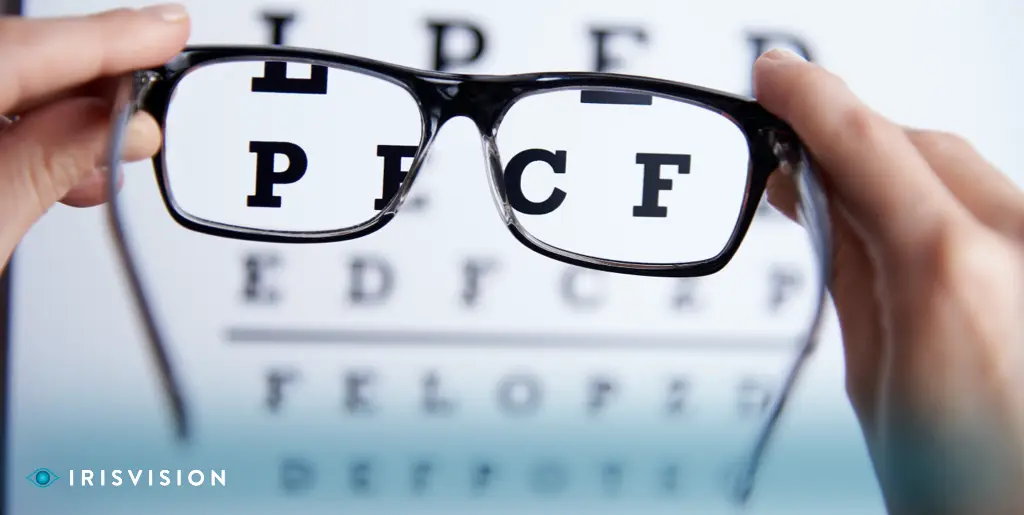
#LIVE2.0 #Review
‘Atrophy’ means wasting away, especially due to the degeneration of cells. Optic nerve atrophy is an eye condition characterized by damage to the optic nerve.
The optic nerve extends at the back of each eye, which connects the retina to the brain. It holds a very vital role in the vision formation process. The visual stimuli we receive from the external environment travel towards the optic nerve, which transmits them to the brain. These stimuli are processed in the occipital lobe of the brain and are converted into images that we can understand, see and experience.
As the optic nerve has a key function in image formation, its deterioration may lead to a loss of several visual capacities. That includes central vision, peripheral vision, and color vision. The type of vision loss and the extent of its severity both depend on where the damage occurs in the optic nerve. Optic Atrophy may affect one or both eyes. Read here to learn more about optic nerve damage and accompanying eye diseases.
In a research study published by National Institute of Health, Optic Atrophy was identified as one of the five main causes of blindness. Given the amount of visual damage that can be caused by optic nerve atrophy, we must look into its causes and ways to prevent the damage.
Optic atrophy is a visual complication that may occur as a result of certain eye diseases. Let’s take a brief look at the most common causes of optic nerve atrophy:
The onset of Optic Nerve Atrophy can occur at any age from birth through childhood. This varies in individuals because, as explained earlier, optic damage can happen as a result of either one of several causes, including eye diseases, brain tumors, or a lack of oxygen supply.

However, once the deterioration of optic nerve cells begins, it reveals itself in the form of visual difficulties, such as:
Also, a dilated eye examination with an ophthalmoscope shows that the eye with optic nerve atrophy appears pale, instead of the typically pinkish hue of the optic nerve.
Ophthalmologists usually conduct a detailed eye exam If they suspect that you could have optic atrophy. An instrument, an ophthalmoscope, is used to examine the optic disc, which is the point at which the optic nerve connects at the back of the eye. In people with optic nerve damage, this disc appears unusually pale in color.
The doctor may also suggest you take other tests to assess the type of visual problems and their severity. These include color vision and peripheral vision, both of which deteriorate rapidly under the effect of optic nerve atrophy. Other diseases such as glaucoma, multiple sclerosis, brain tumor, and others are also investigated to identify the cause of optic nerve damage onset.
It is best to get an eye exam done by a certified ophthalmologist, after every 6 /12 months, especially if you experience pain/ discomfort in the eyes or a diminishing vision.
Whether or not optic nerve atrophy can be treated depends upon what is causing it. In most cases, optic nerve damage can be slowed down in its tracks by the medical intervention of the underlying cause. While in some instances, you can also expect to regain your lost vision.
If an individual gets an early diagnosis for glaucoma and receives immediate treatment for it then optic nerve damage can be slowed down significantly. If the cause is optic neuritis, the vision loss usually occurs in either eye and goes away once the inflammation is treated.
Similarly, if a brain tumor is identified at an early stage, it can be treated in time to relieve the buildup of cerebrospinal fluid and compression due to the tumor. It thus prevents further damage to the optic nerve
Low vision problems can make the simplest routine tasks feel like a burden and drastically bring down your quality of life. But fortunately, medical technology has focused on the needs of the low vision community, which paved the way for the invention of helpful low vision aids.

Starting from handheld magnifiers and bioptic telescopes, the low vision aids have undergone quite an upgrade through the years. One of the most technologically advanced low vision aids includes wearable electronic glasses, such as IrisVision Inspire. Although this device does not promise to cure Optic Atrophy, it certainly offers great value for restoring vision when used.
Devices such as IrisVision are built to facilitate its users so they can attain the same level of visual acuity, color vision and quality as an average person. The headset covers for the visual difficulties caused by Nerve Atrophy, such as blurred vision, reduced vision, reduced peripheral vision etc.
To date, ophthalmologists and medical professionals continue researching better methods and treatments for a complete cure of vision loss caused due to Optic Atrophy. However, for prevention of optic nerve atrophy, you must monitor your eye health on a regular basis and make efforts to maintain good health.
Support
See and Connect Today!
IrisVision Global, Inc.
5994 W. Las Positas Blvd, Suite 101
Pleasanton, CA 94588
Email: [email protected]
Support: +1 855 207 6665
Support
See and Connect Today!
IrisVision Global, Inc.
5994 W. Las Positas Blvd, Suite 101
Pleasanton, CA 94588
USA Email: [email protected]
Support: +1 855 207 6665
Support
See and Connect Today!
IrisVision Global, Inc.
5994 W. Las Positas Blvd, Suite 101
Pleasanton, CA 94588
Email: [email protected]
Support: +1 855 207 6665